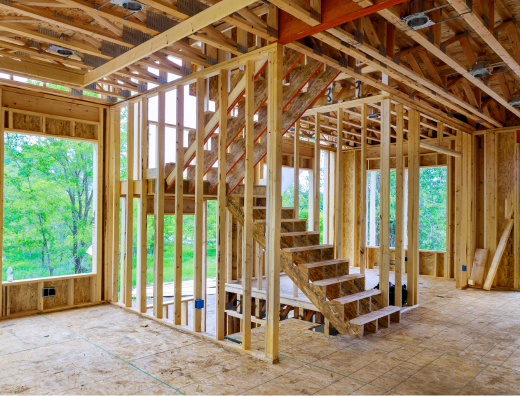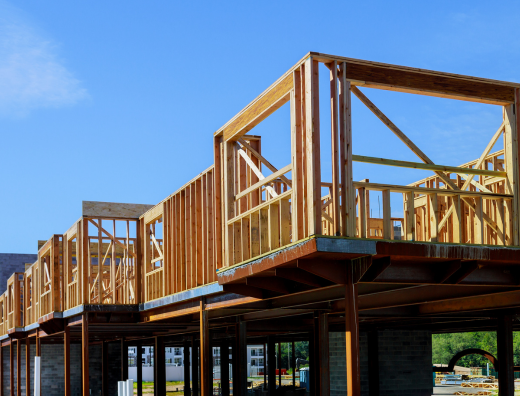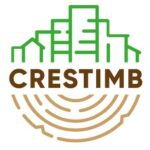CRESTIMB – Objectives
Key Scientific and Technological Objectives
Innovative Timber Building System
CRESTIMB aims to introduce a cutting-edge timber building system, integrating moment-resisting beam-column connections reinforced with screwed-in threaded rods.
Extending Service Life to 100 Years
A major objective is to enhance the durability of the proposed timber building system, aiming for a 100-year service life under indoor conditions. This will be achieved by investigating the long-term performance of the system in response to indoor climate variations, using an advanced numerical model that simulates the rheological behaviour of wood.
Validation Through Experimental Testing
CRESTIMB will validate the improved numerical model for wood rheology under varying humidity and temperature conditions. This will be accomplished through short- and long-term experiments on both small-scale softwood and hardwood samples, as well as full-scale structural components.
Collaboration with Industry Experts
A vital aspect of the project involves close collaboration with the CRESTIMB Industry Group. This partnership will ensure the development of enhanced system components, while confirming the system’s feasibility and cost-effectiveness in real-world applications.
Data Interface Development
CRESTIMB will create a comprehensive Data Interface. This interface will facilitate lifecycle data processing through a shared database system, ensuring compatibility with various software systems and enabling the intake of new datasets.
Environmental Impact Assessment
Practical case studies will demonstrate the integration of the project database with external environmental assessment software (LCA). These examples will focus on the impact of the calculated service life of components, particularly in scenarios involving maintenance, component replacement, or reuse.
Service Life Guidelines
The project will also produce guidelines for assessing the service life of wood-based components within innovative building systems. These guidelines will address the long-term effects of wood’s rheological behaviour and provide critical insights for future timber construction projects.



